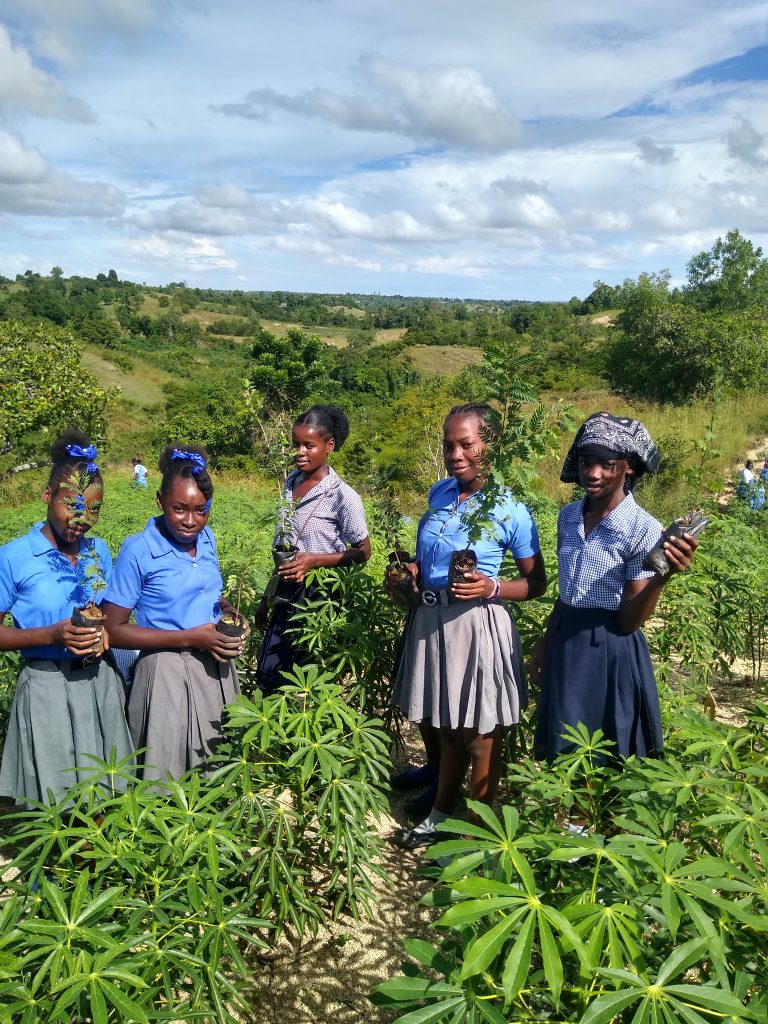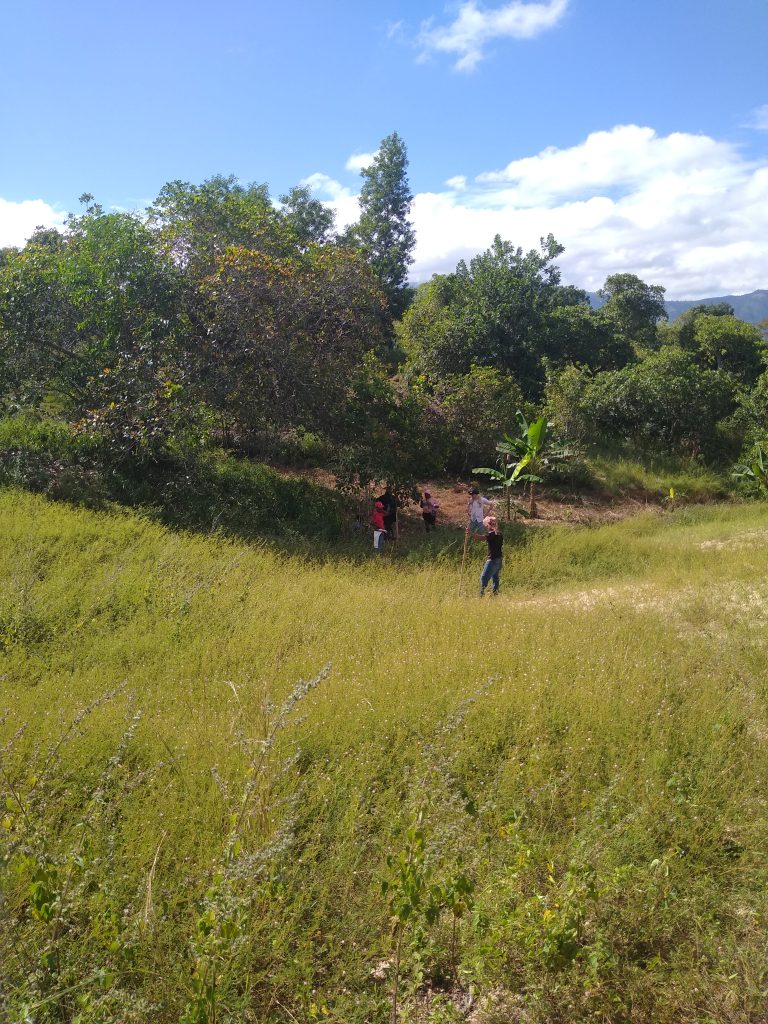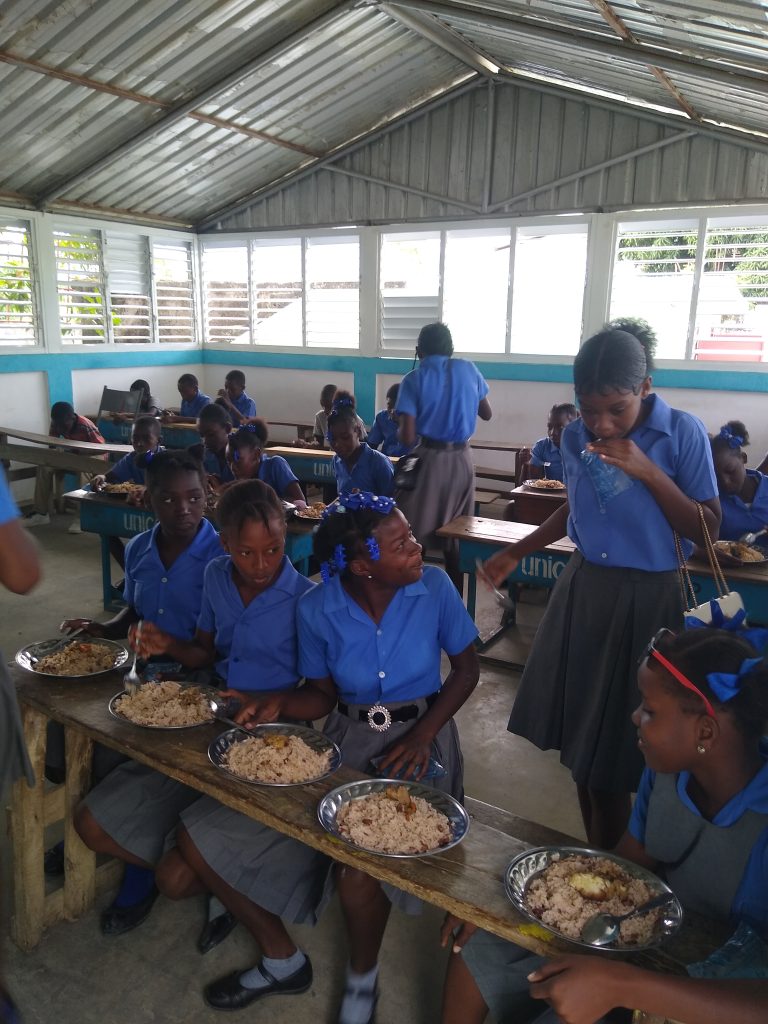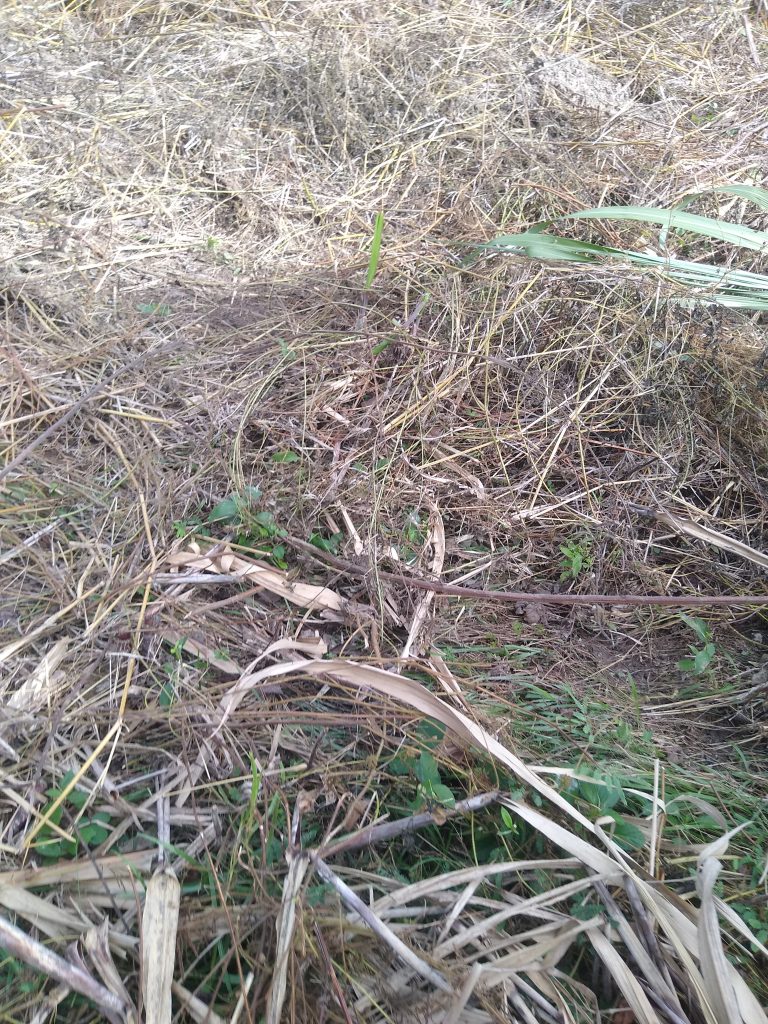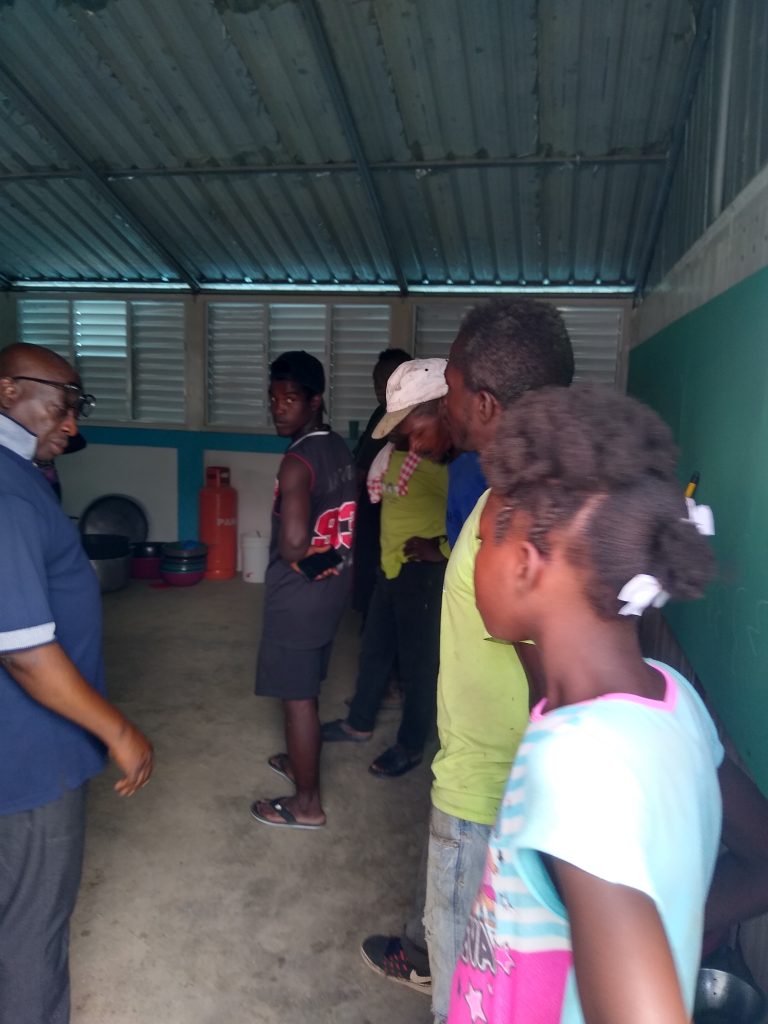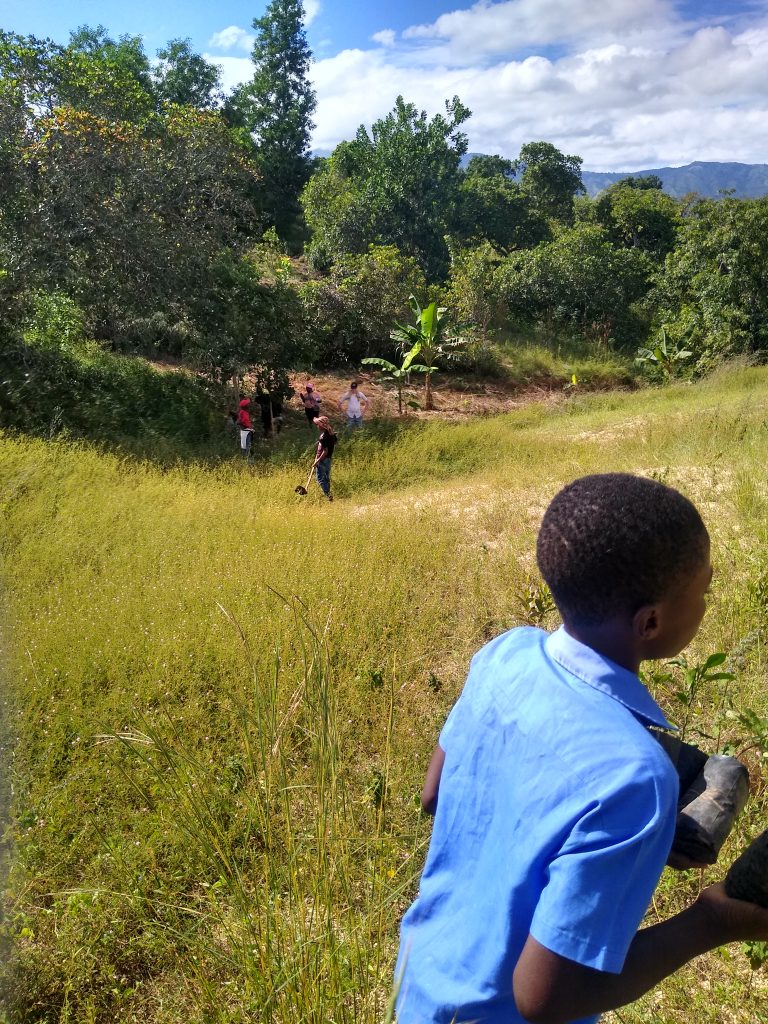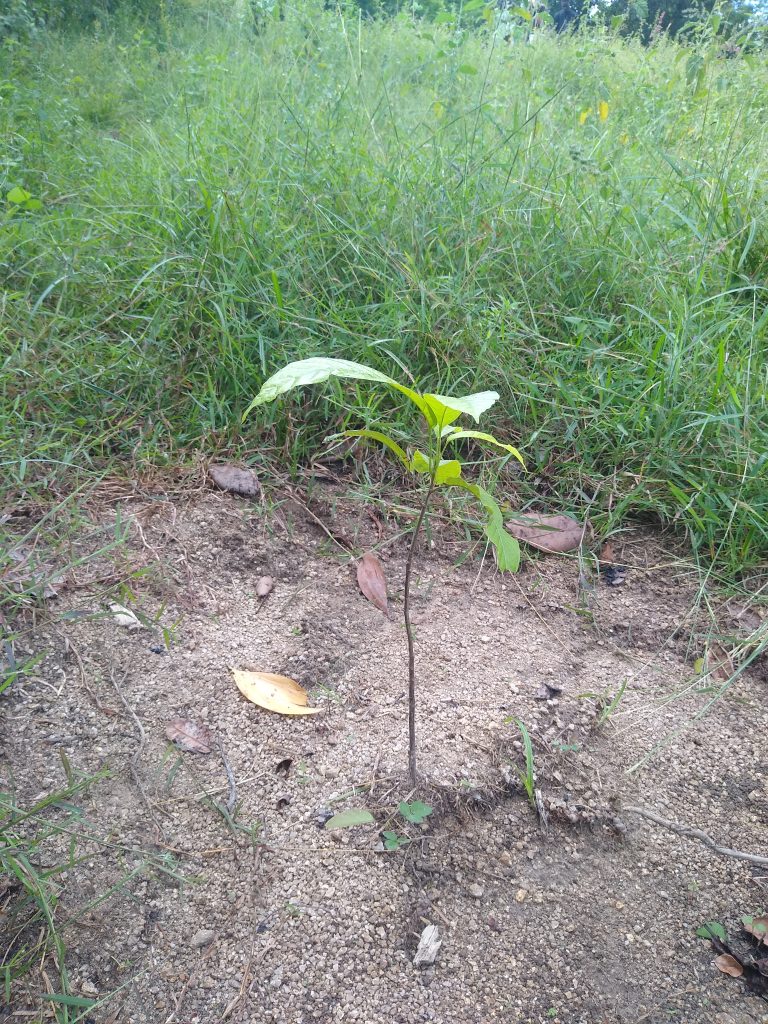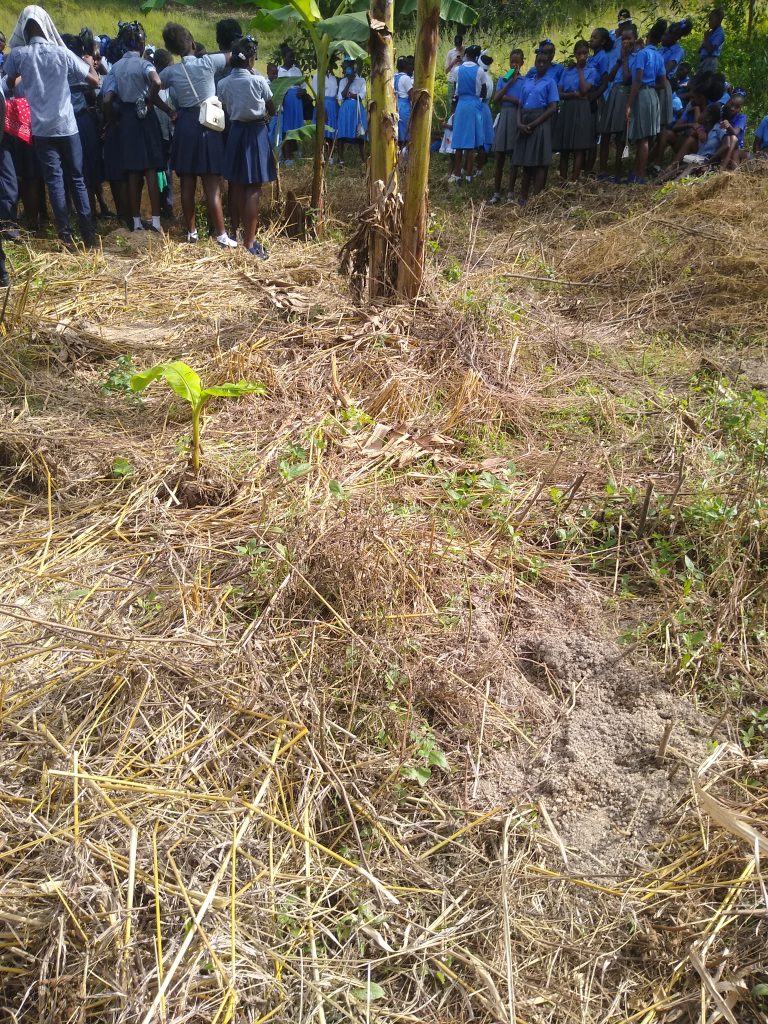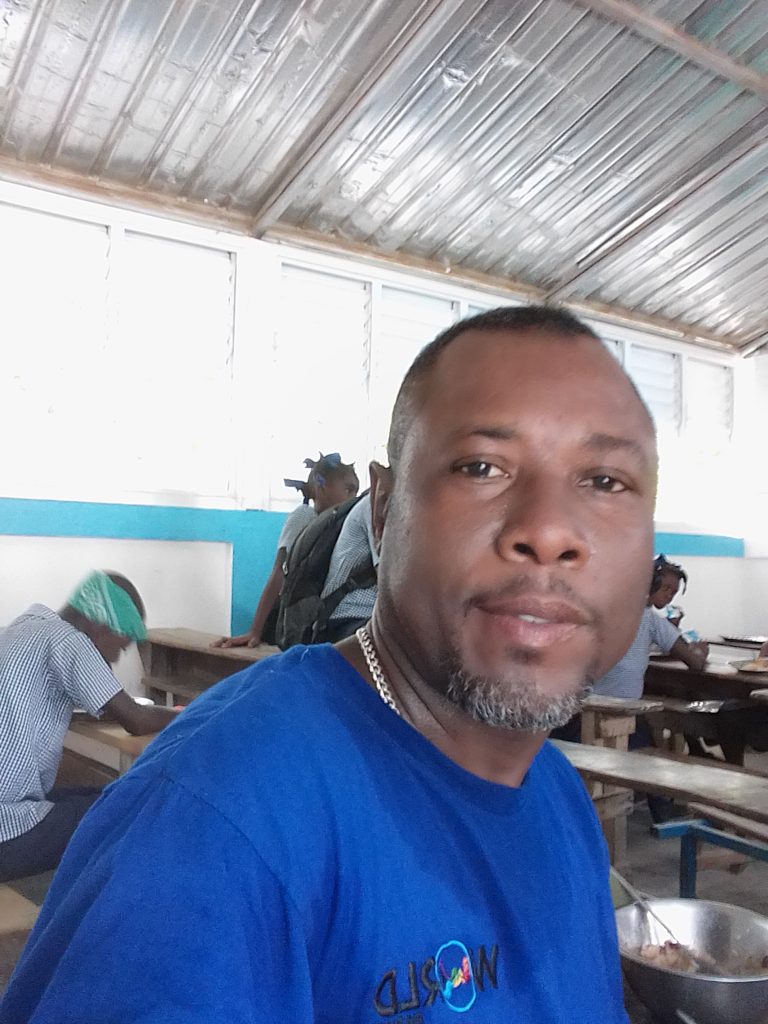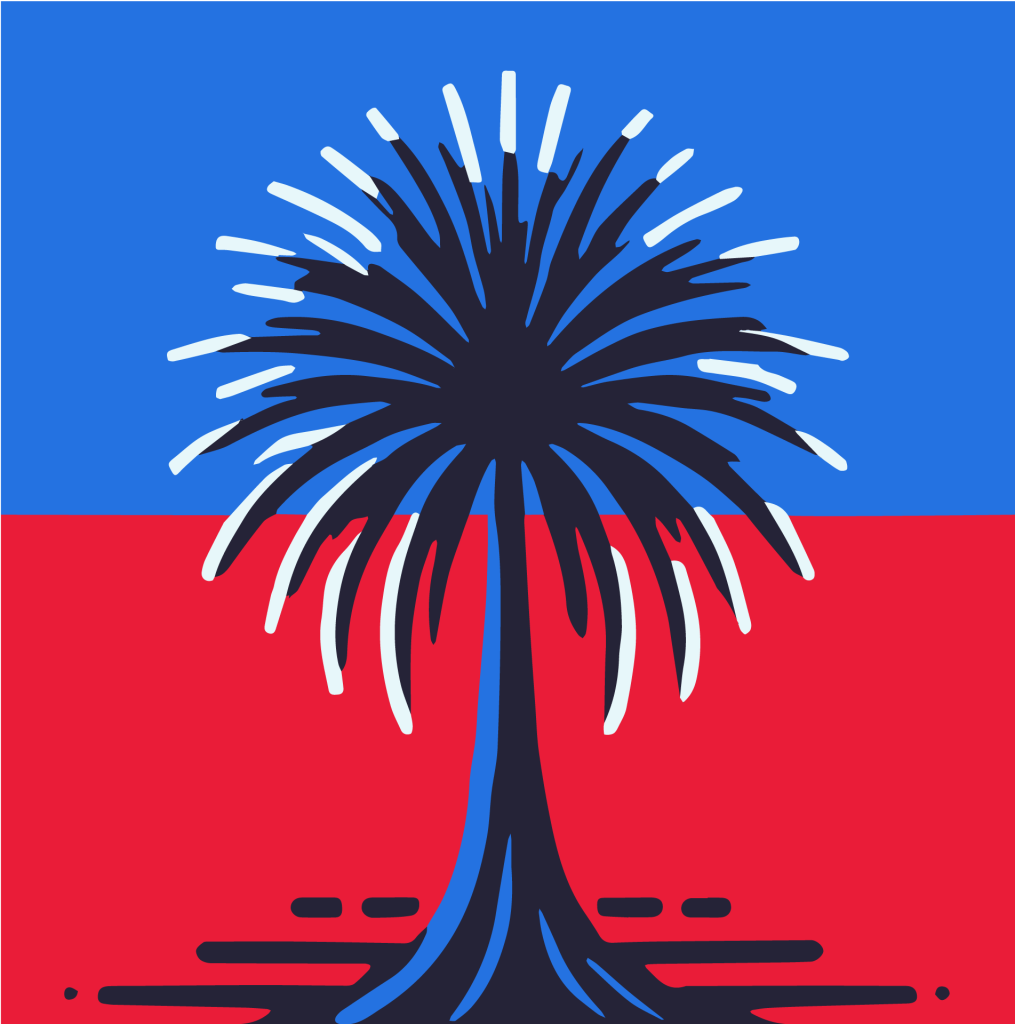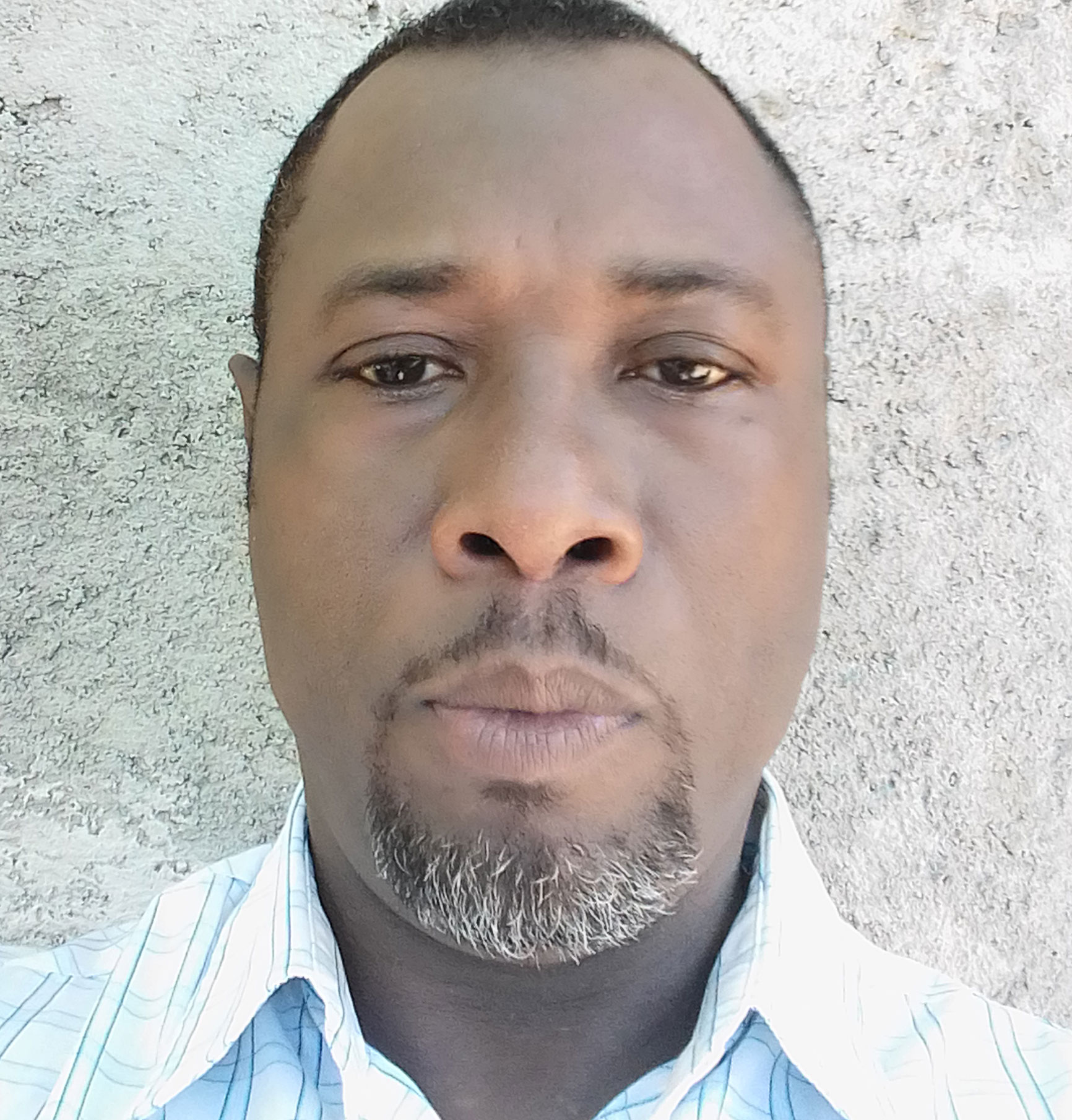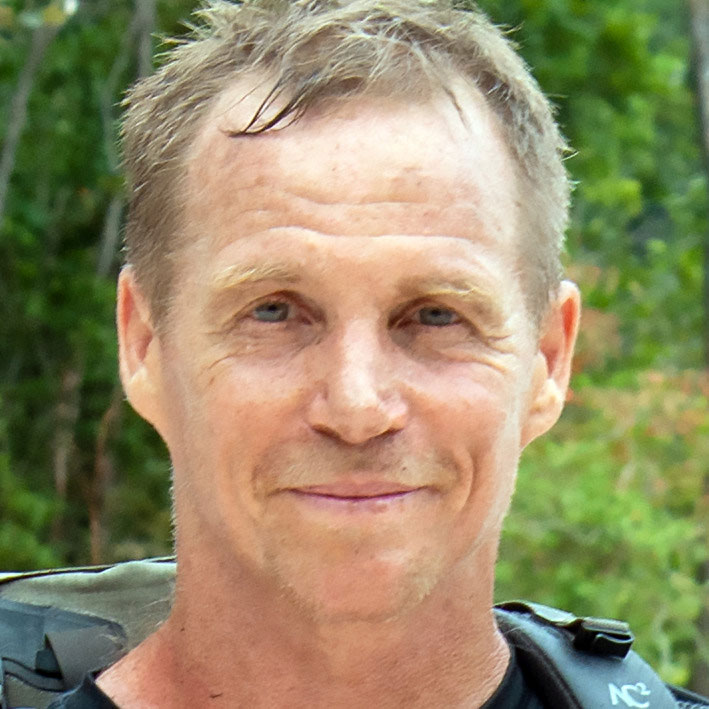Program Description: The objective of this Program is to create the Parc Municipal Capotille in Bas Fort and Cana watershed Capotille, Haiti with the technical and financial support of World Reserves, Inc. World Reserves will lead the creation of the Parc Municipal in close collaboration with the local authorities of Capotille, schools’ communities and the civil society communities of the area.
The Parc Municipal Capotille project aims to restore one hundred hectares of vegetation cover through reforestation, development of forest and agroforestry plots in the commune of Capotille (including the non-contiguous hillsides of Chambelan, Mont Josué). This will protect biological diversity in Capotille, build the resilience of the residents to natural and economic shocks and stresses, increase residents’ access to ecological services, and improve natural resources management in the watershed of River Capotille, an affluent of River Massacre. The creation of this Municipal Parc and its effective managements are expected to have direct and indirect impacts on the water regime of the River Massacre. The Parc Municipal project will also promote community-based natural resources management, increase environmental awareness, and strengthen social capital among community members and institutions.
World Reserves, Inc. assistance and support will improve and strengthen the organizational and technical capacity of ORADDI (Organisation de Recherche et action Durable pour un Development Intégré) through the provision of relevant materials and equipment, hardware and software, for the production and transplantation of the selected tree species, and for the creation and sound management of the Parc Municipal of Capotille.

Problem Statement:
- Systematic degradation of the watershed of Capotille River.
- Precariousness of the Capotille community due to unsustainable resources exploitation.
- Inadequacy and weakness of reforestation-related activities in Capotille.
- Social constraints due to instability and poverty.
Alignment with the Objectives of World Reserves, Inc and Haiti’s Environmental Legislation:
The objectives of the Parc Municipal project align with those of World Reserves, Inc. for the creation of a vast network of World Reserves on each continent for their important environmental, health and social benefits through worldwide popular support and in concert with, not against, existing governments.
The Parc Municipal project aligns with Article 25.5 of Haiti’s Decret Cadre de 2006 sur La Gestion de l’Environnementasking local authorities and municipal council to take necessary measures and steps to protect the environment and ensure the well-being of the population by ensuring the protection and management of natural resources including forests, green spaces and ecosystems under their jurisdiction like municipal parks.
The community sees the protection of the watershed of River Capotille as very important, given the construction of River Massacre irrigation canal system.
Target Areas:
The Commune of Capotille is characterized by an annual rainfall that oscillates around 1,000 to 1,300 mm unevenly distributed during the year with the wettest months being August to December. The Commune has two drought periods from January to April and from July to August. However, this rainfall regime fluctuates increasingly due to climate change, thereby negatively impacting the agricultural production calendar.
The watershed of River Capotille is highly degraded, particularly the upper watershed which is subject to serious soil erosion issues due to increasingly reduced tree cover and poor agricultural practices. This results in reduced water infiltration during rain events which in turn causes frequent flash flood and the sedimentation of the water bodies and rivers with negative impacts on agricultural production.

Planned Activities:
- Production of 92,000 tree seedlings in ORADDI and World Reserves’ nursery facilities. Tree species will include but will not be limited to 5000 cedar (Cedrela odorata), 5000 mahogany (Swietenia mahogany), 28,000 acacia (Acacia spp.), 5000 lebbeck (Albizia lebbeck), 20,000 cacias (Cacia Siamea), 8000 olives (Olea oleaster), 15,000 cashew nuts (Anacardium occidentale), 10,000 oak – chene (Catalpa longissima), and 4000 Bois Blanc.
- Identification and appropriation of 50 hectares in Bas Fort and Cana Waterfall; and identification and appropriation of 50 hectares in and around the hillsides of Chambelan, collectively to be under the jurisdiction of Parc Municipal de Capotille;
- Plantation of at least 92,000 tree seedlings on the sites of the Parc Municipal de Capotille;
- Planting of at least 58,000 bamboo cuttings on riversides and in ravines for gully control, soil and water conservation and riverbanks stabilization;
- Training of 26 farmers and community members in tree seedlings and production, and improved agroforestry;
- Sensitization of at least 400 people from the community, including women and youth in tree seedlings production and plantation, municipal parks management, appropriate practices of agroforestry;
- Training and mentoring of 6 ORADDI’s managers and technicians on improved organizational and administrative management techniques, and in community mobilization and engagement;
- Development and implementation of an environmental education campaign on climate change adaptation and resilience, biodiversity protection, community-based natural resources management, etc.

Management Plan:
To include, among other aspects:
- Procurement of materials and equipment (technical, administrative and operational);
- Meetings with local community members, authorities and organizations;
- Hiring, training and management payment of technical personnel and daily workers;
- Partnership development with relevant stakeholders’ groups;
- Negotiation with local authorities and leaders;
- Working with school teachers for school children active participation in the program;
- Selection, installation and operation of the nursery sites;
- Production, transplantation and maintenance of the tree seedlings;
- Supervision of the planting process;
- Development and implementation of awareness and sensitization campaign;
- Supervision and monitoring of activities;
- Quarterly technical and financial reports to World Parks, Inc.

Expected results:
- 6 ORADDI’s managers and technicians trained on improved organizational and administrative management techniques, and in community mobilization and engagement;
- Education campaign on climate change adaptation and resilience, biodiversity protection, community-based natural resources management, etc. implemented;
- Over 92,000 tree seedlings produced for plantation in the Parc Municipal de Capotille;
- Parc Municipal de Capotille created with a total surface area of 100 hectares in Bas Fort, Cana Waterfall Area and Chambelan.
- At least 58,000 bamboo cuttings planted on riversides and in ravines for gully control, soil and water conservation and riverbanks stabilization;
- At least 26 farmers and community members trained in tree seedlings and production, and improved agroforestry;
- Sensitization of at least 400 people from the community in tree seedlings production and plantation, municipal parks management, appropriate practices of agroforestry.
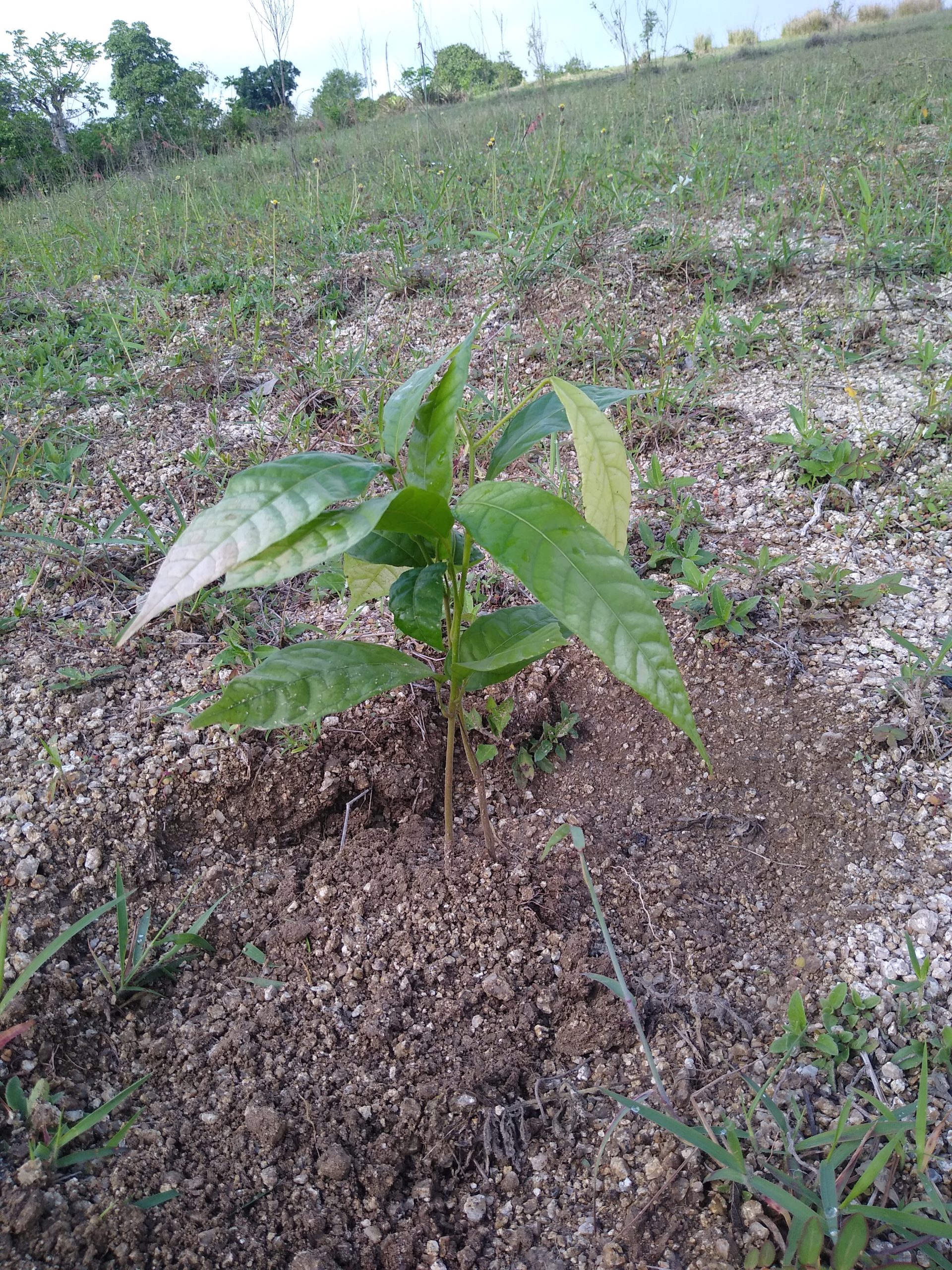
“Making Haiti Green Again”
The image below shows the island of Hispanola, occupied politically by Dominican Republic and Haiti as shown in this Google satellite image. Haiti was formerly a French colony. The general deforestation can be seen by the difference in color between the east side (DR) and the west (H). World Reserves’ long term goal is to restore Haiti’s forest, providing work for the population. We call this project, Making Haiti Green Again.
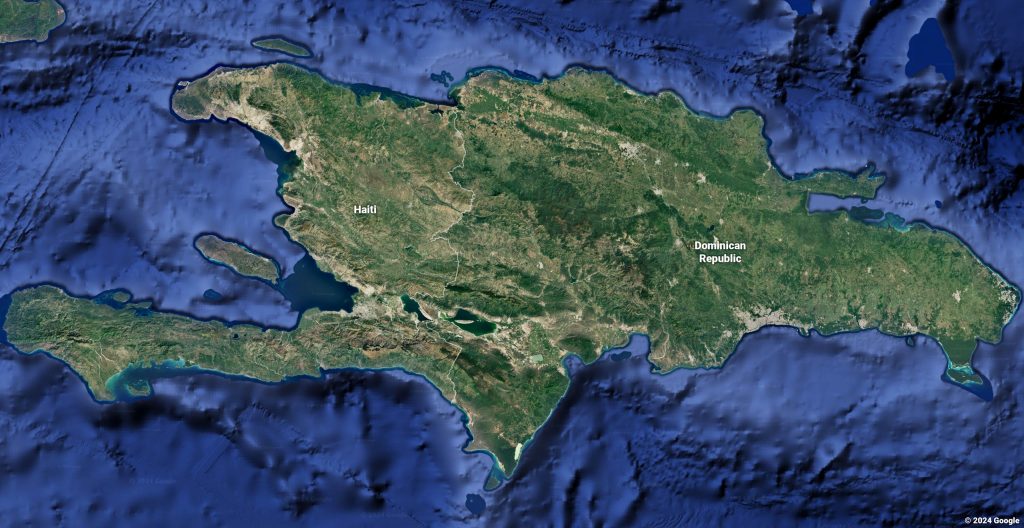
The pilot program for this project is located east of Cap Haitien, in Bas Fort and Cana, Capotille, near Ouanaminthe. This location is adjacent to the border with Dajabon, Dominican Republic. This is a satellite image of the border area:
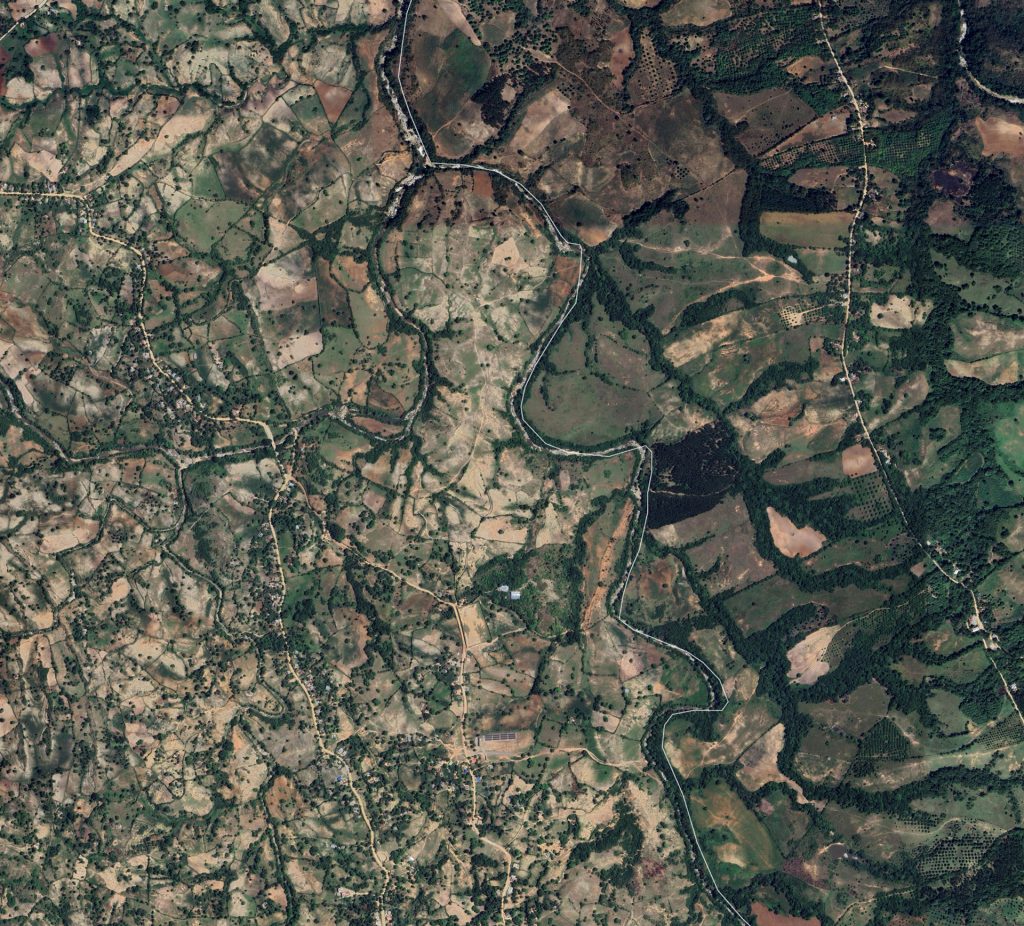
The initial proposal is to plant 100,000 trees in and around Bas Fort and Cana (not shown). The distinct difference in forestation can be seen West (left of the Bernard River).
